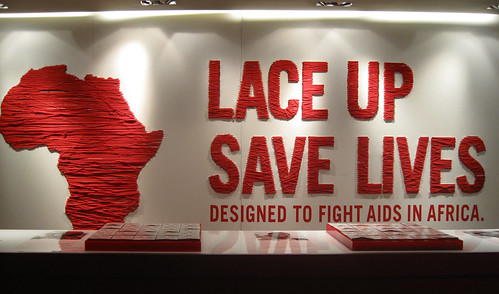
I spent quite a while working on a Christmas post, and finally decided I’m not going to write anything better than last year’s. Last year’s post:
The Christmas story is one of the defining stories of American culture. The fact that I’m Muslim didn’t keep this story from shaping me. On Christmas, I think about the story and what it means for my own life.
Sometimes I think the story is about being just good enough. The innkeeper didn’t throw out an important customer to give Mary and Joseph a room – he wasn’t a hero. But he didn’t send them back outside, either. Instead, he offered them something small. A warm place to sleep. The best he could do without trying too hard, and that was all it took. Jesus was born out of the cold, somewhere safe and friendly. Somewhere good enough.
But the story could be about the animals, whose friendly presence makes the barn a warm and loving place instead of cold and frightening. About the way that ordinary beings, be they people or livestock, can offer extraordinary help to others when they get the chance to do so.
Maybe the story is about the wise men, and the shepherds. The ones with the perception to recognize a miracle when it occurred. How many of us are actually recognize the important things right when they happen?
Mary and Joseph might be the heart of the story – poor, struggling parents just trying to do their best for their child.
I’m not really sure who the most important character in the Christmas story is (beyond the obvious), and I’m not sure there is just one. All great stories have multiple meanings.
I wonder, though, which character I am. I suspect I’m the innkeeper, just trudging along at good enough. Or the parents, since I’m a mother. Or both; I can be more than one character. But most importantly, who do I want to be?
–Merry Christmas to all who celebrate it–





